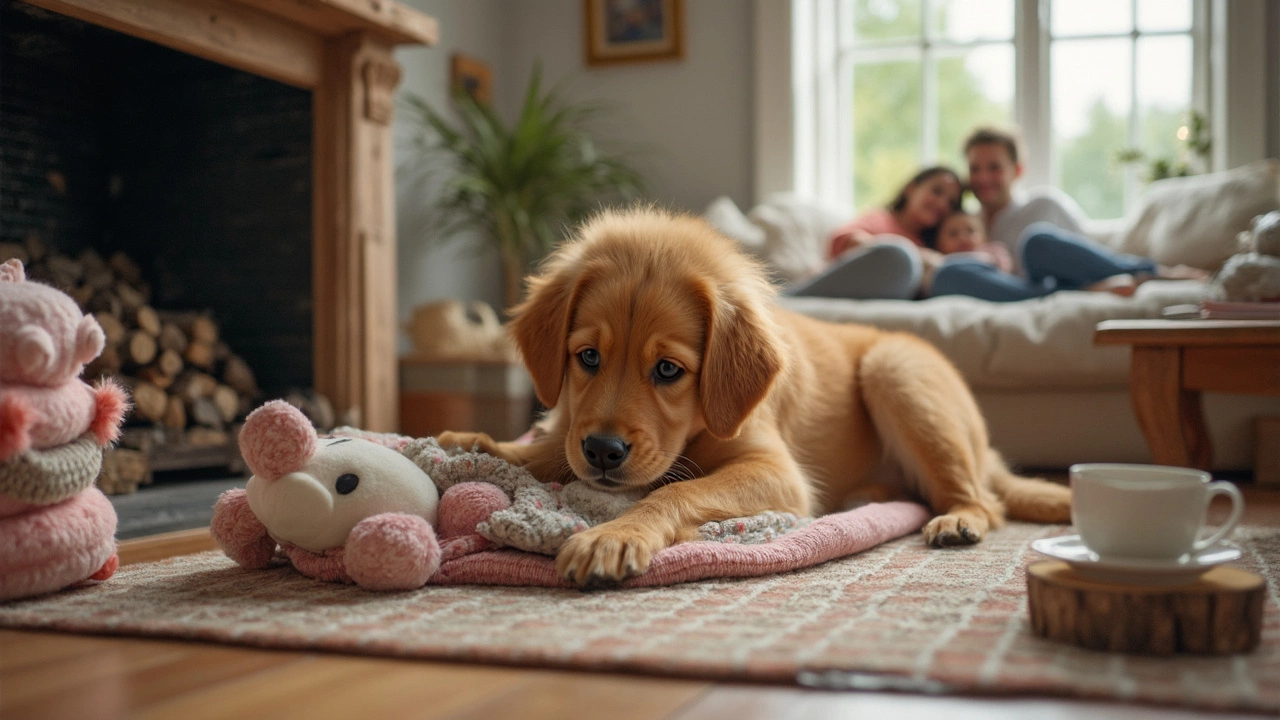Understanding Chewing Behavior in Dogs
Ever caught your dog gnawing on a shoe and wondered what’s really going on? Chewing is a natural instinct, but when it turns into a habit that destroys furniture or hurts your pet, it becomes a problem. Below we break down why dogs chew, what signals they’re sending, and easy ways to redirect that energy.
Why Do Dogs Chew?
First, remember that chewing helps puppies relieve teething pain. Even adult dogs use it to clean teeth, explore their world, and burn off excess energy. Boredom and anxiety are big drivers too—if a dog feels lonely or stressed, a chew session can be a coping tool. Finally, nutritional gaps can push a pup to gnaw on anything that looks chewable.
Spotting Problematic Chewing
Not all chewing is bad. A short session on a sturdy rope toy is fine. Trouble starts when the dog targets non‑toy items: shoes, cords, furniture legs, or even walls. If the chewing is obsessive, repetitive, and occurs when you’re not around, it may signal separation anxiety. Keep an eye on how long the behavior lasts and what triggers it—this will guide your solution.
To curb destructive chewing, start with three simple steps:
1. Provide Safe Chew Options. Offer a variety of toys that suit your dog’s size and chewing style—rubber Kongs, Nylabones, or natural bully sticks. Rotate them weekly to keep interest high.
2. Increase Physical and Mental Stimulation. A tired dog is less likely to chew out of boredom. Aim for at least 30‑60 minutes of walks, play, or puzzle toys each day. Mental games like scent work or treat‑dispensing toys can wear out a restless mind.
3. Manage the Environment. Puppy‑proof rooms by removing tempting items and using chew‑proof covers on cords. If you must leave your dog alone, confine them to a safe space with a chew toy and a comfy bed.
If anxiety is the culprit, consider a calming routine before you leave: short walk, a soothing chew toy, and a quiet spot. Some owners find pheromone diffusers or soft music helpful. Always avoid punishment; it can increase stress and make chewing worse.
Finally, check your dog’s diet. A balanced, high‑quality diet supports dental health and reduces the urge to chew on non‑food items. If you suspect a nutritional deficiency, talk to your vet about a diet tweak or supplement.
Remember, chewing is a communication tool. By giving your dog appropriate outlets, plenty of exercise, and a secure environment, you’ll turn destructive chewing into a harmless pastime. Happy chewing—just the right kind!
- Morgan Ainsworth
- 0 Comments
Nooking in Dogs: What It Is and How Puppy Toys Help
Nooking in dogs is a quirky habit where puppies suck, chew, or knead soft toys or blankets. It looks a bit like what kittens do when they nurse or knead their moms. Some dogs keep nooking well after puppyhood, especially if they’re feeling stressed or want comfort. The right puppy toys can make all the difference, helping dogs find comfort without turning your sofa into a chew toy. This article breaks down what nooking is, why it happens, and how to handle it using tips and the best toys.
View More
